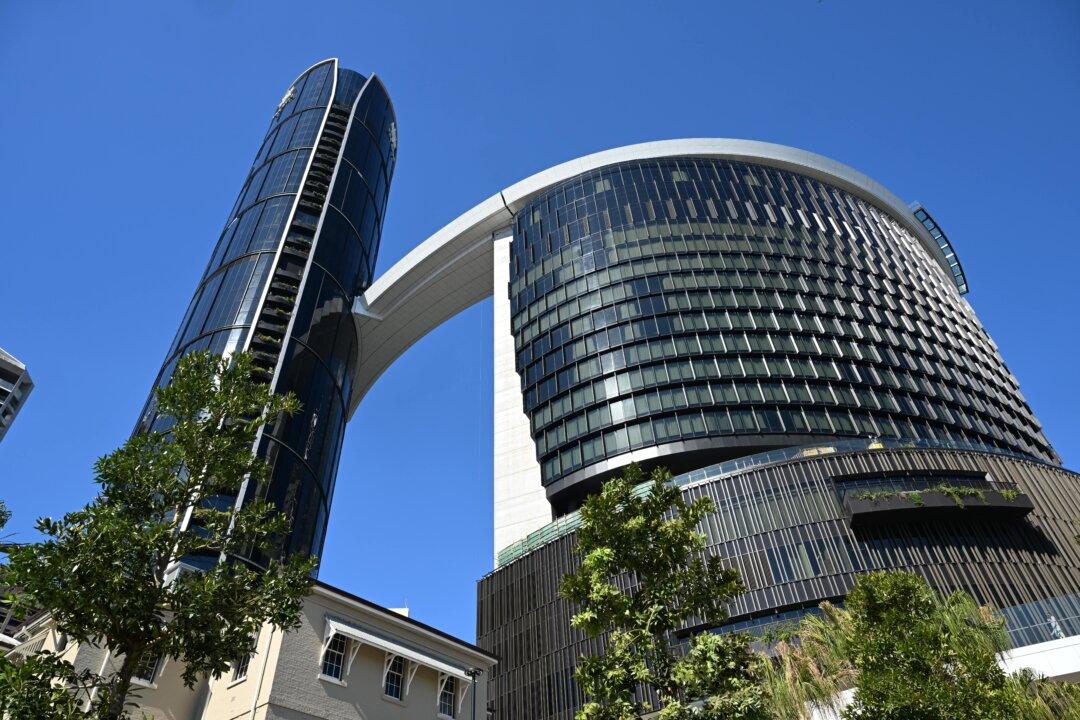When the seas are wild, John Micic knows there will be kelp to be hauled.
For some three decades, the 60-odd-year-old has been either a harvester or processing factory worker in the unique King Island industry.
“Winter is the best. The weather is rougher. It stirs it up more,” he says alongside his trailer loaded with kelp he has dragged from a rocky foreshore on the island’s west coast.
“You work the tides. If you’re prepared to work hard, you'll make it.”
Micic drives the kelp to the nearby factory where it is hooked to wooden rods and lifted by forklift onto metres-high drying racks.
From there it is fed through a hammer mill and packaged into reusable one-tonne bags for shipping, with about half sent to Kelp Industries’ parent company in Norway.
Alginates extracted from the kelp are used in a wide range of products—a gelling agent in pet food, a thickener for drinks and sauces, and a water-holding agent in paper coating.
Kelp Industries manager John Bennett says business is booming.
“We can sell more than we can produce, probably nearly twice as much,” he said.
“The old boss would say he would field one call a fortnight from people wanting to buy kelp. Our orders are 12 months in advance.”
Roughly five percent of the world’s production of alginates comes from bull kelp found on King Island, which has a population of about 1,600 people.
The industry contributes about $2.5 million (US$1.72 million) a year to the island’s economy.
Bennett says the factory produces about eight tonnes of kelp per day but could do double if it weren’t for worker shortages.
Commercial harvesters, who are only allowed to pick up washed-up kelp which has been naturally dislodged, are required to obtain a licence.
Dave Bowling has been kelp harvesting on and off since 1989, in between a stint living in Indonesia and working in real estate.
“It keeps you fit and active. Instead of paying to go to the gym, you get paid to go to the gym,” he said.
Despite losing vast stretches of giant kelp forest areas on the state’s east coast, Tasmania is described as a global hotspot for seaweed diversity with some 750 named species.
The state government says seaweed aquaculture is an emerging industry.
In May, a scientific permit was issued for waters south of Hobart to investigate the viability of commercial-scale offshore kelp production.
The kelp harvested from King Island is latitude dependent.
“They do harvest a bit on the northwest coast of Tassie, but it’s a slightly different species, [and] a little bit in Argentina,” Bennett said.
“There’s not much land at 40 [degrees] south [of the equator]. It’s a very unique industry for Australia.”





